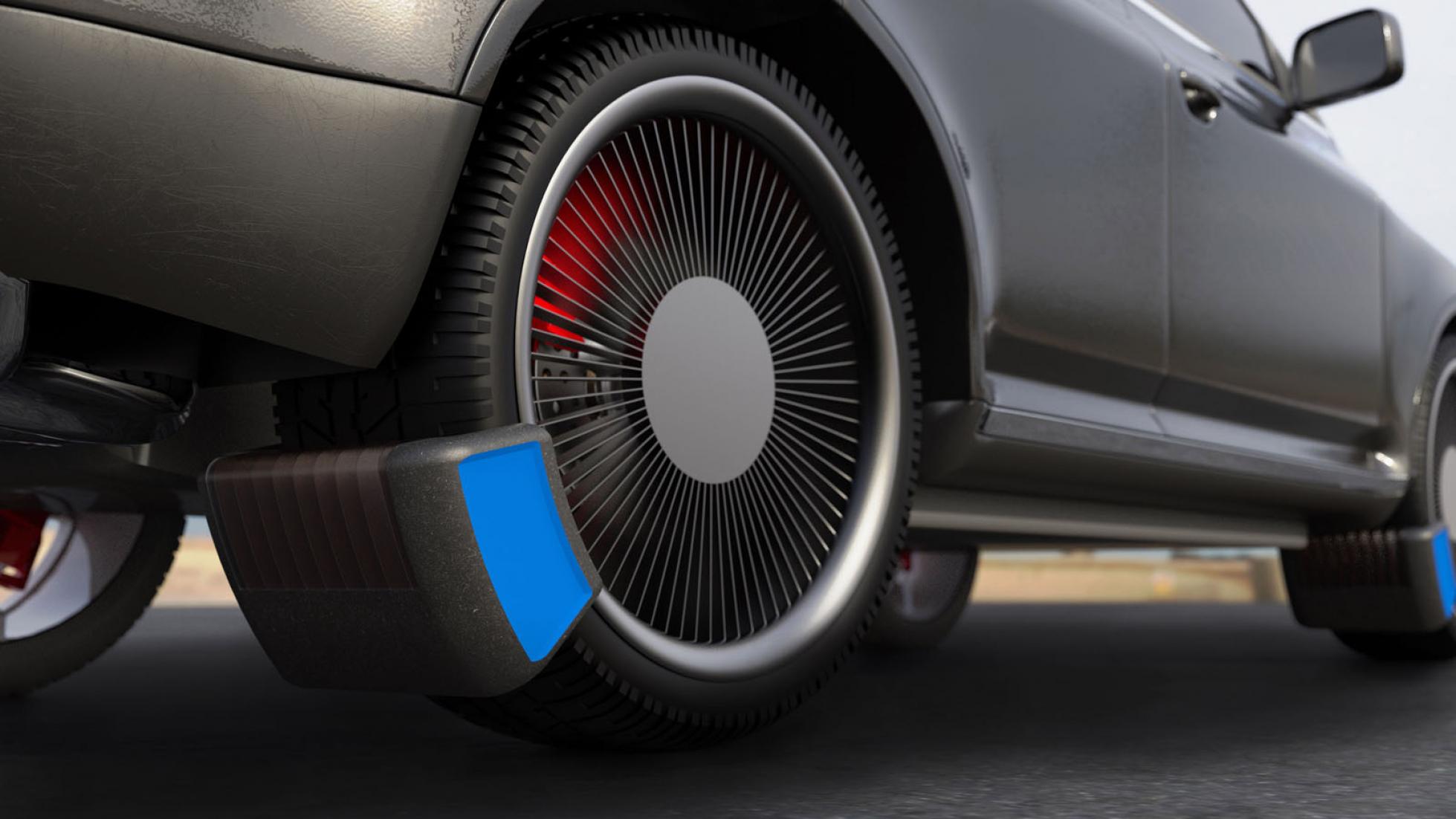Spanish startup Vortex Bladeless has come up with a turbine design that harnesses wind energy without needing moving blades.
The company’s 3m tall bladeless turbine is fixed vertically into the ground with an elastic rod. It’s designed to oscillate – or sway – within the wind range and generate electricity from the vibration this creates.
According to inventor David Yáñez, the main benefit of these bladeless turbines is in their potential to be used in urban or residential areas, which lack the space needed to build traditional windfarms.
They could also be used alongside solar panels in residential settings, as Yáñez explains: “They complement each other well, because solar panels produce electricity during the day while wind speeds tend to be higher at night.
“But the main benefit of the technology is in reducing its environmental impact, its visual impact, and the cost of operating and maintaining the turbine,” he adds. The noise the turbine creates is at a frequency virtually undetectable to humans, so it’s unlikely to disrupt those living or working nearby.

